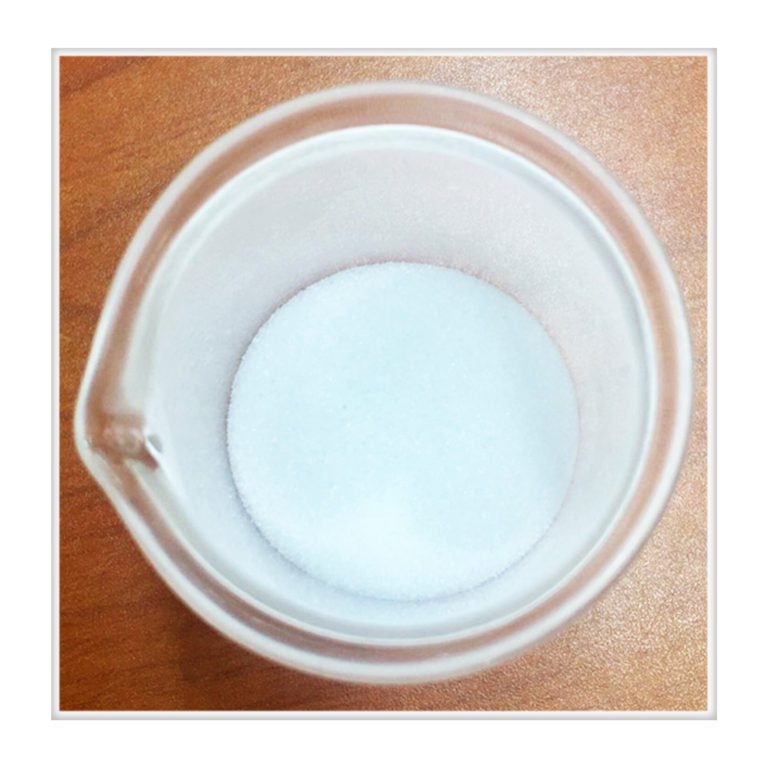
CITRIC ACID: Allergen or Not An Allergen?
Not An Allergen. Citric Acid Citric acid is commonly used in cosmetics to acidify a product to be closer to the skin’s normal, slightly acidic pH of 4.5-6. Citric acid is so popular

Not An Allergen. Citric Acid Citric acid is commonly used in cosmetics to acidify a product to be closer to the skin’s normal, slightly acidic pH of 4.5-6. Citric acid is so popular
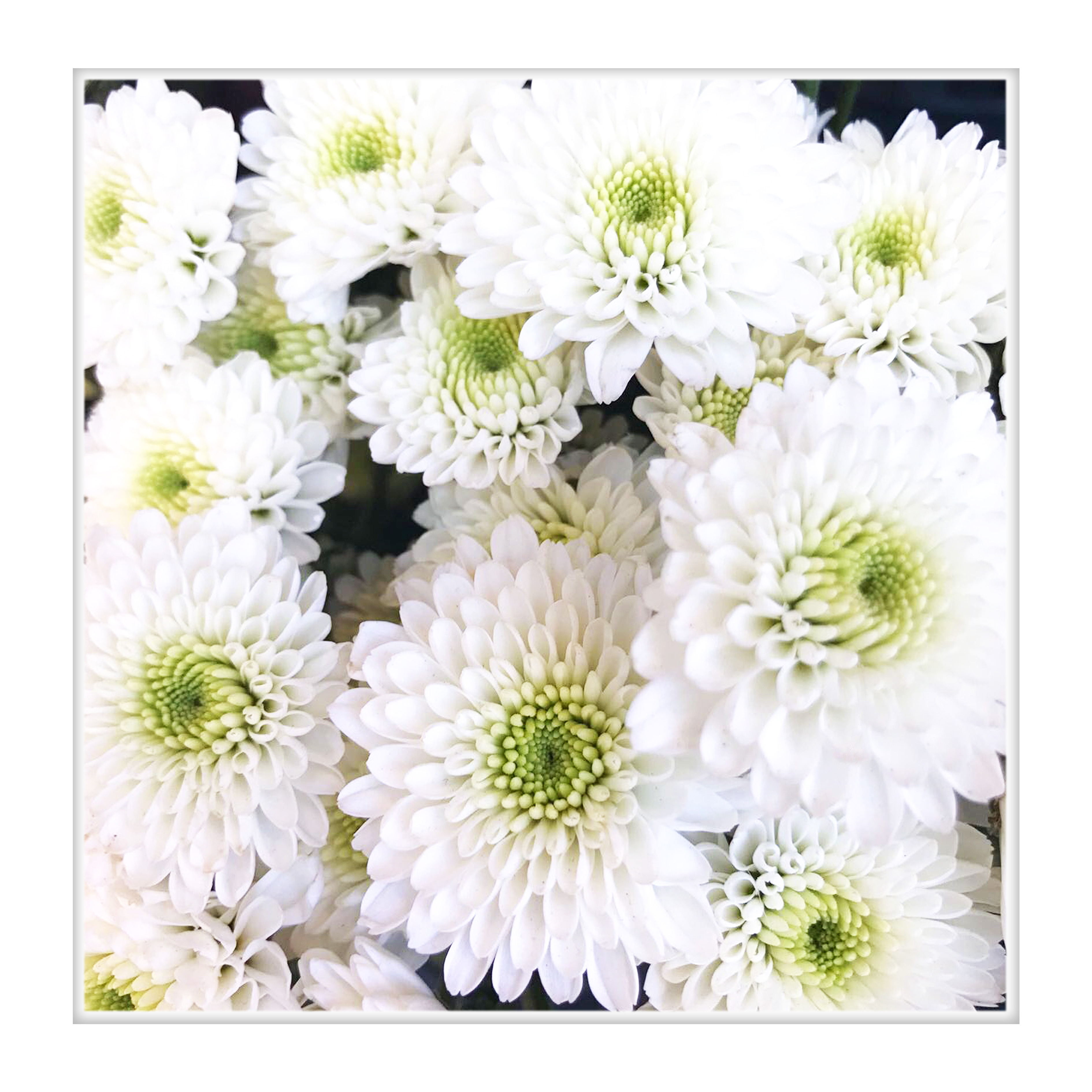
Allergen. Chrysanthemum parthenium (Feverfew): While a favorite ingredient of natural skincare buffs because of its anti-inflammatory and antioxidant benefits, feverfew (Chrysanthemum parthenium) is on published lists of common allergens as part of
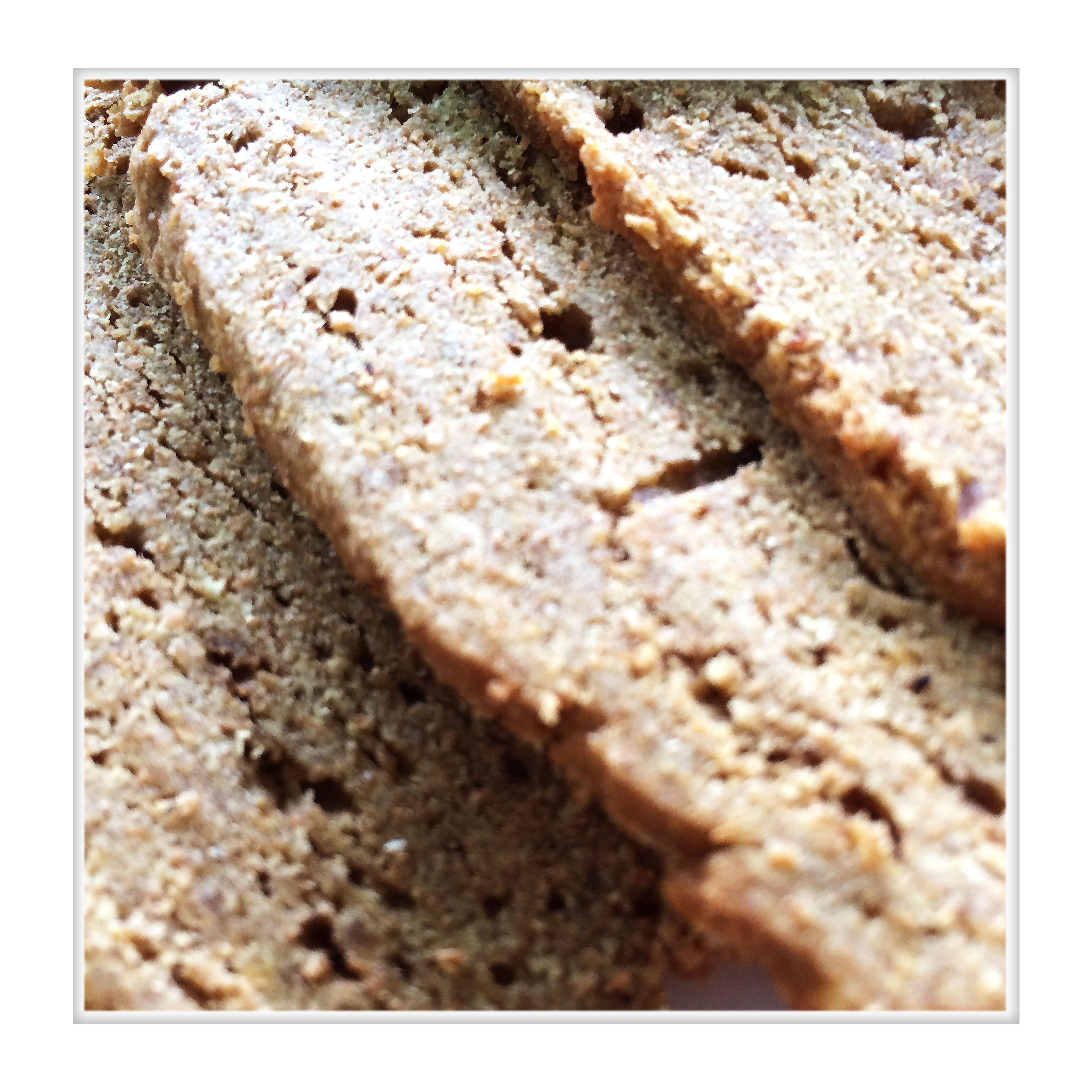
Not An Allergen. Gluten Food and skin allergies don’t always correlate (different cells are involved) and gluten is not a common skin allergen. While not on published lists of common skin
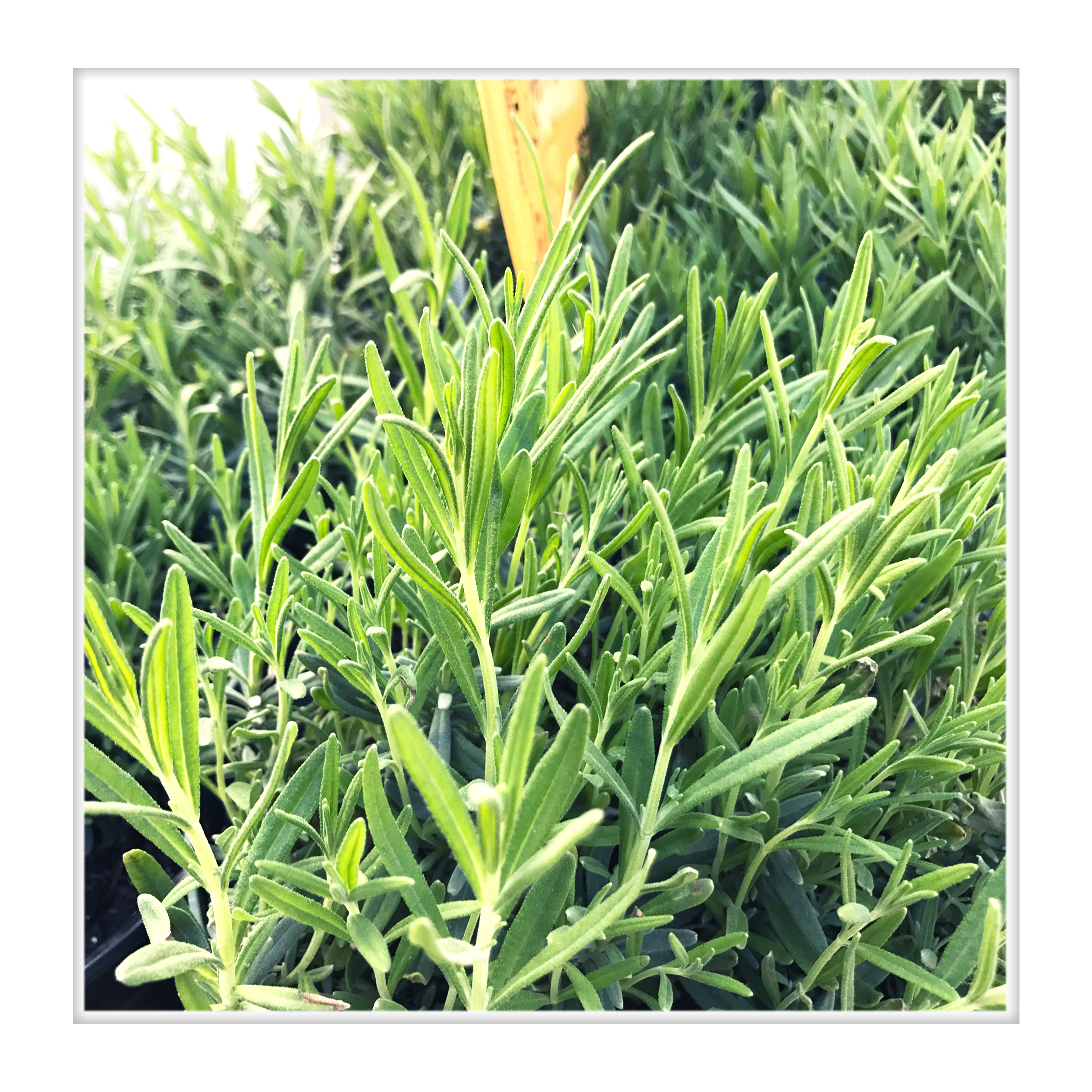
Allergen. Lavender A beautiful, gorgeous-smelling, and soothing herb used for centuries, lavender is on published common allergen lists. Eating lavender does not seem to be an issue, but lavender in topically-applied products
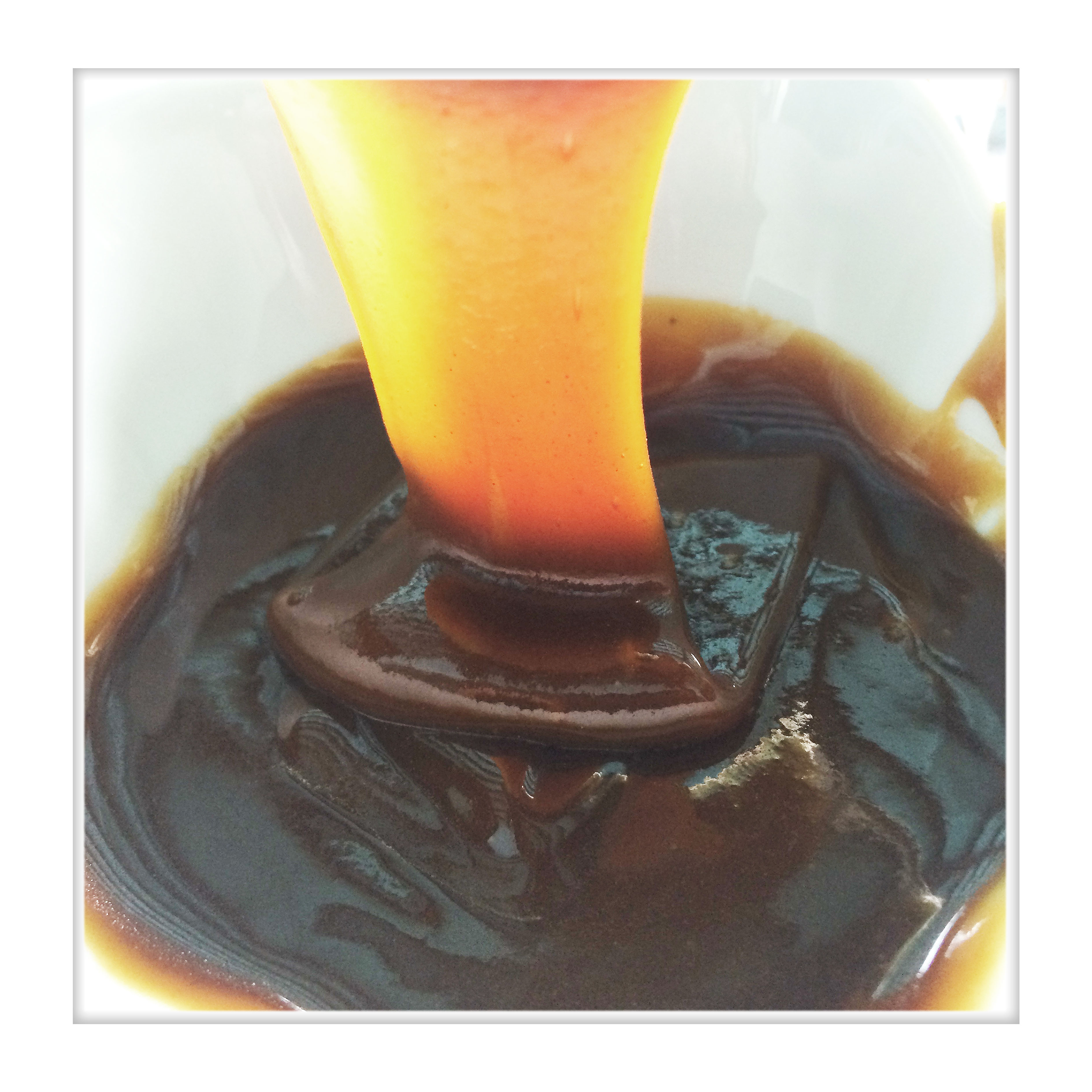
Not An Allergen. Coconut Jam The relatively healthier spread coconut jam is not a published common allergen. To make sure you lower the risk of a skin reaction around the mouth
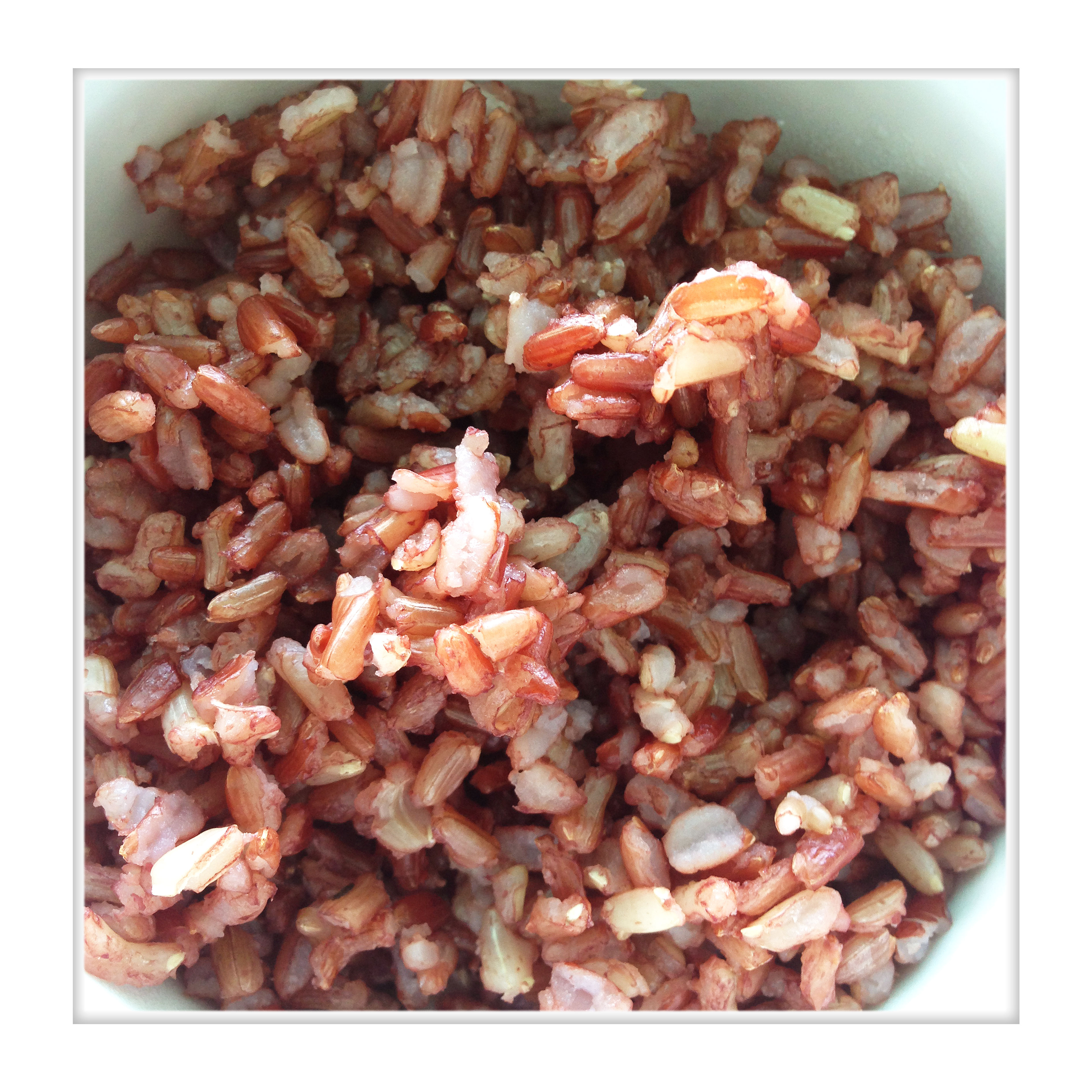
Not An Allergen. Rice Rice is not on published common allergen lists. But if you have sensitive skin or have patch tested positive to bleaches and preservatives, white rice should give you
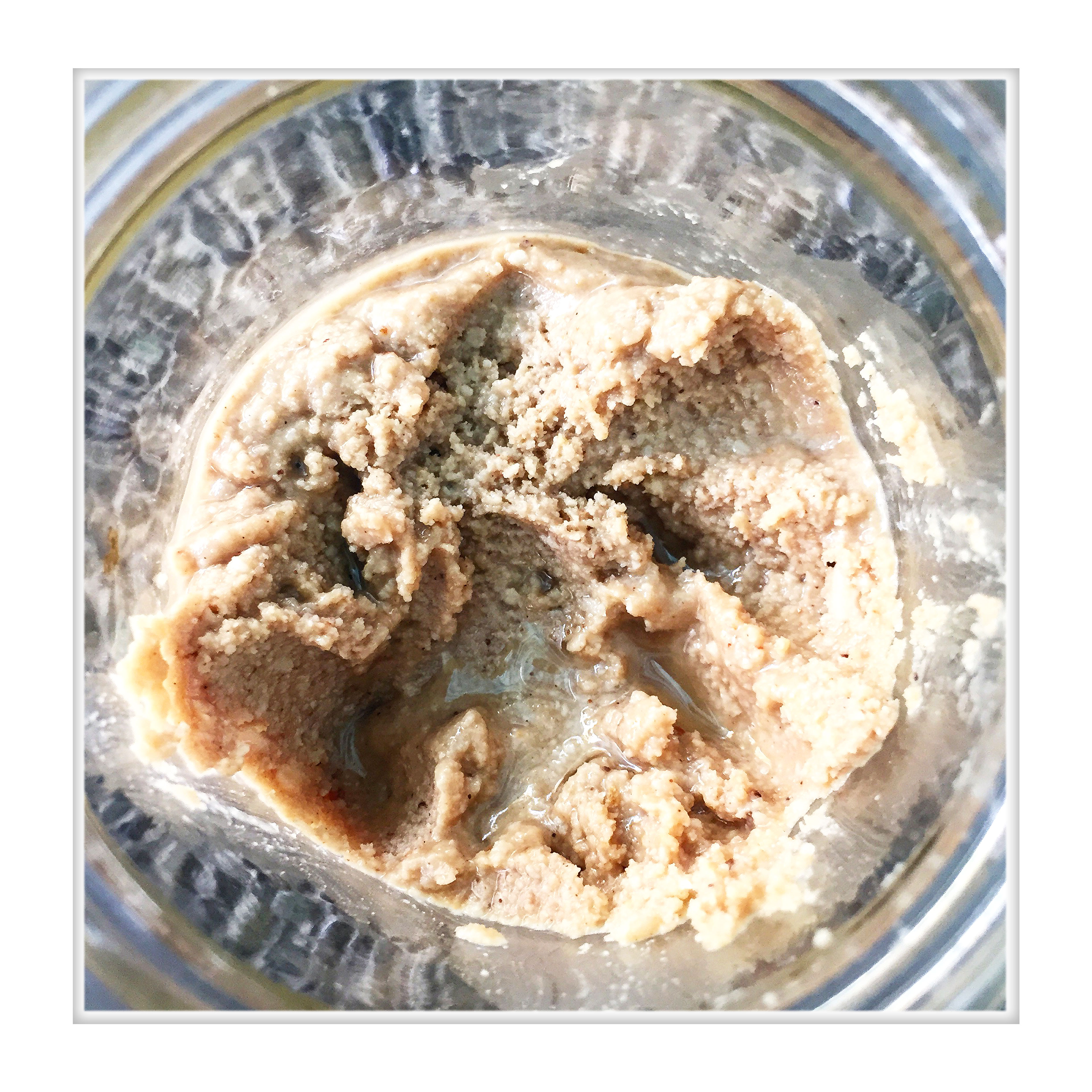
Not An Allergen. Peanut Butter Peanuts, and therefore peanut butter, might be a relatively common food allergen — and a dangerous one — but the correlation between food and skin

Not An Allergen. Aluminum Chlorohydrate: Allergic sensitivity to aluminum chlorohydrate is very rare, which is why it is not on published lists of common allergens. This is impressive considering how much exposure
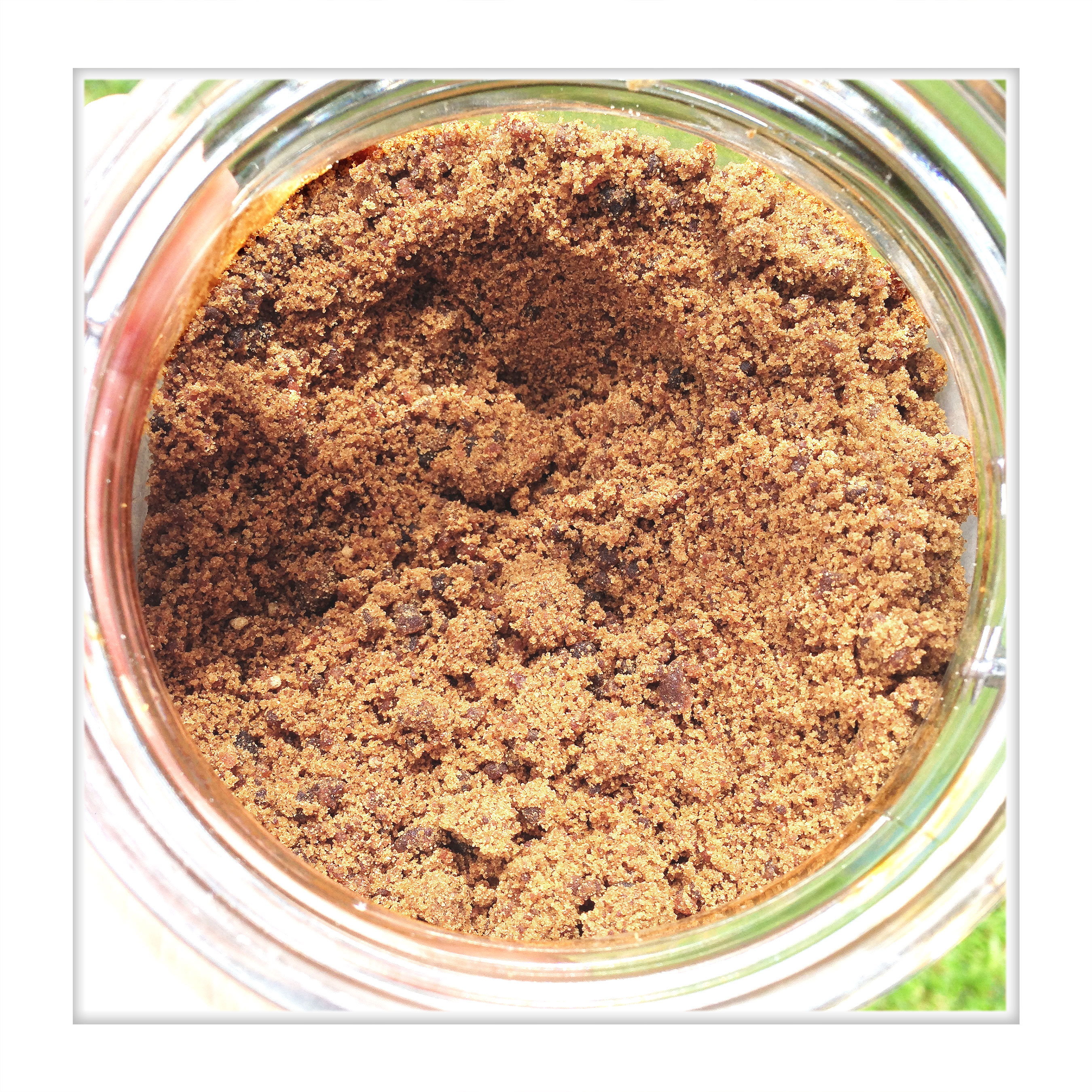
Not An Allergen. Coconut Sugar Used as a sweetener for thousands of years, coconut sugar (from a coconut’s flower buds) is not on published allergen lists. Nutritionally, coconut sugar has some advantages